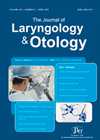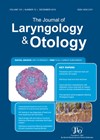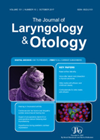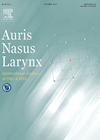
Journal Reviews
Correlation between middle ear and mastoid volumes with results of type 1 paediatric tympanoplasty
This is a retrospective study of 45 paediatric patients, aged between eight and 18 years, who underwent Type 1 cartilage graft tympanoplasty using conchal cartilage. Middle ear and mastoid volumes of these children were correlated with anatomical and functional outcomes...
Is canal wall down with obliteration a useful compromise between canal wall up procedure and open mastoid cavities?
Controversy has raged for many years between open mastoid cavity procedures and canal wall up techniques in terms of postoperative recidivism and ear discharge. It is generally believed that canal wall up procedures can miss hidden cholesteatoma but preserve useful...
A comparison of same day with staged bilateral cartilage graft tympanoplasty for tubotympanic CSOM
This randomised, controlled study compares the tympanoplasty outcomes in two groups of patients: one undergoing bilateral tympanoplasty on the same day (18 patients, 36 ears) and the other having the same procedure done on different days, with a gap of...
Prognostic factors for myringoplasty
This retrospective study looked at the factors that were associated with a higher success rate for tympanic membrane perforation closure. The authors looked at 247 procedures. They compared the results of temporalis fascia versus tragal cartilage. The cartilage grafts had...









